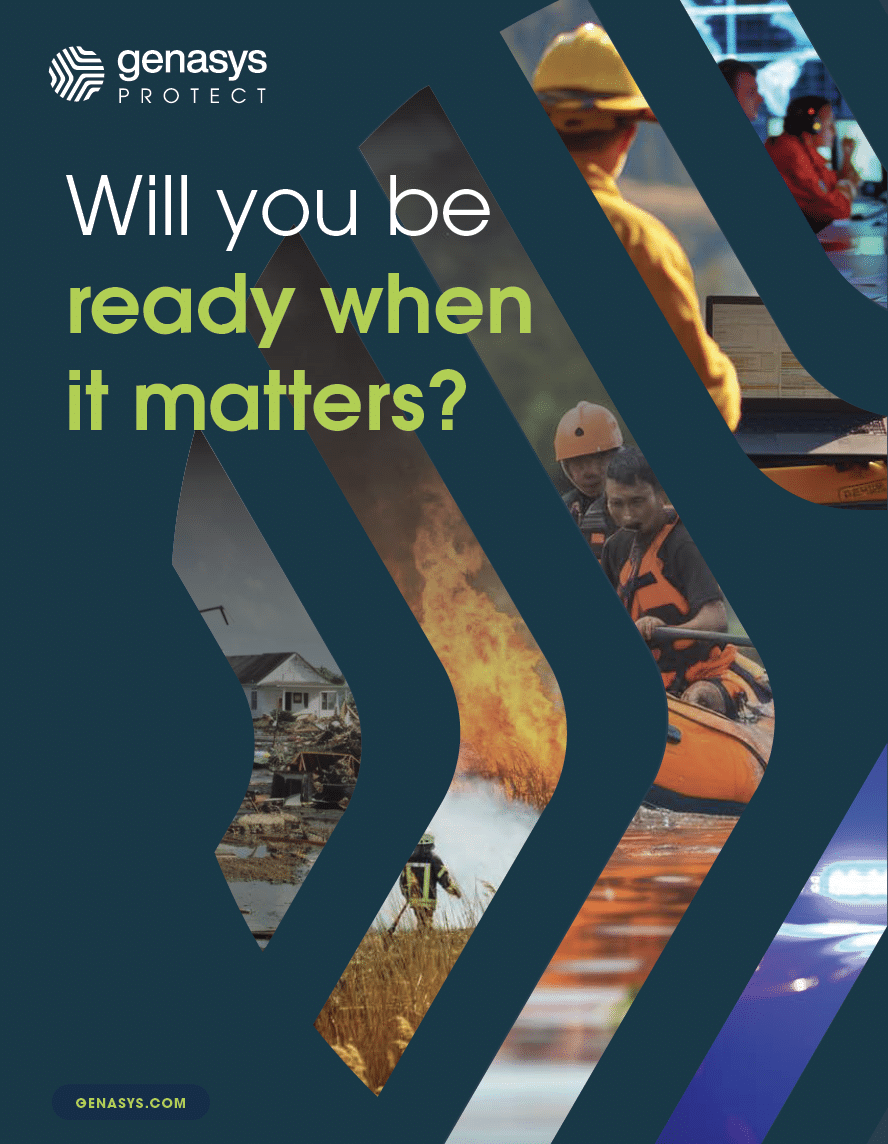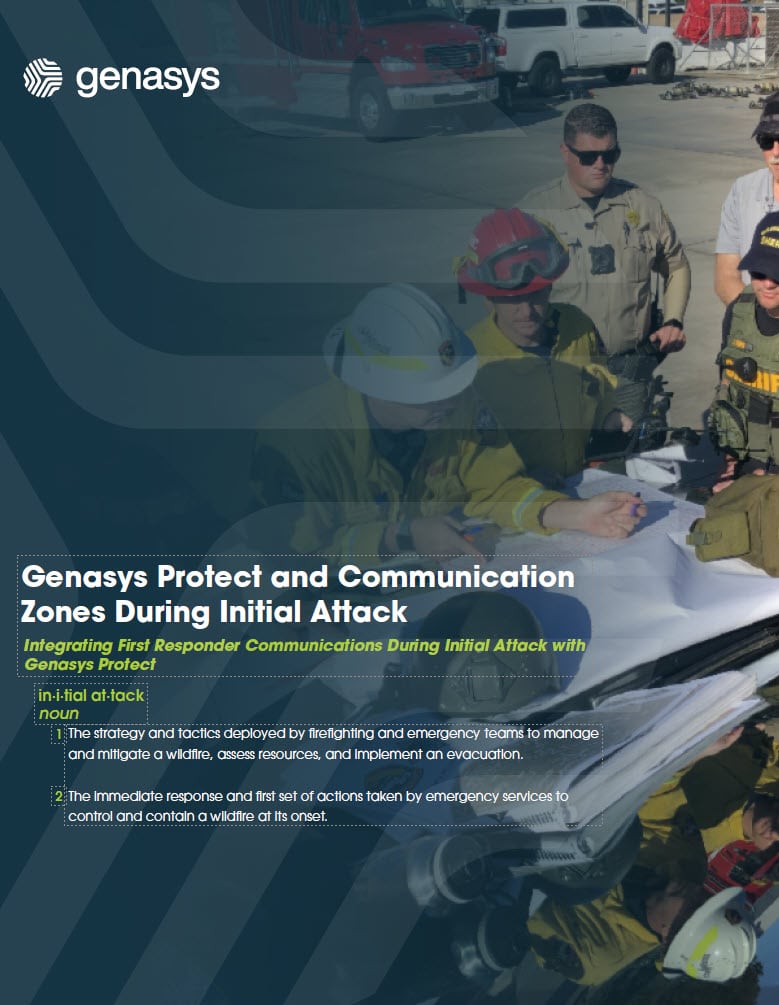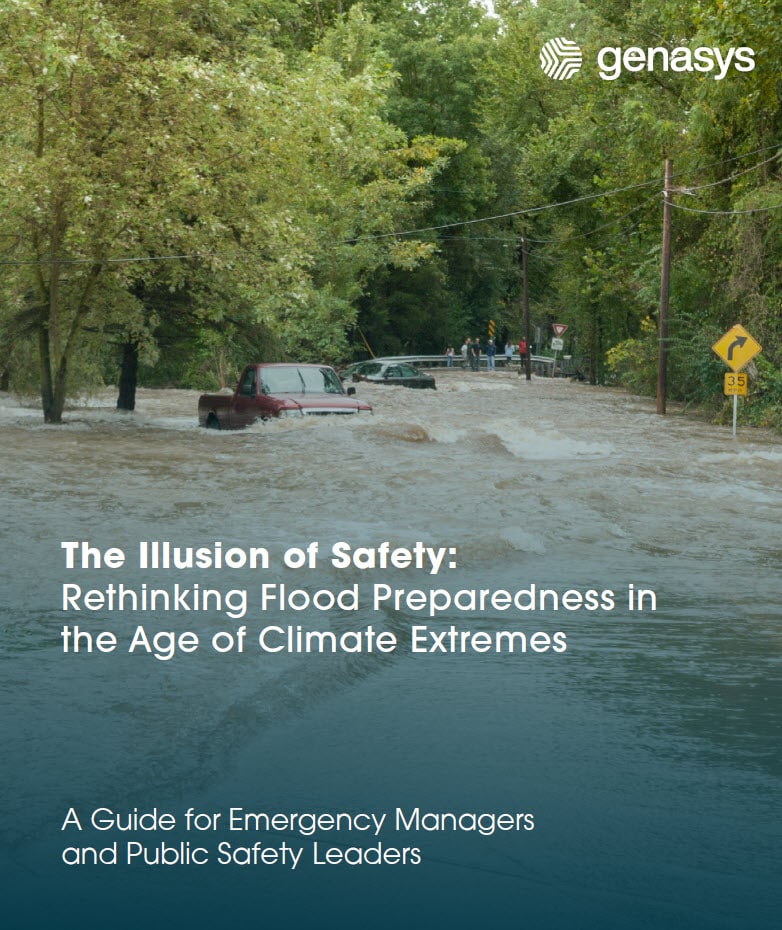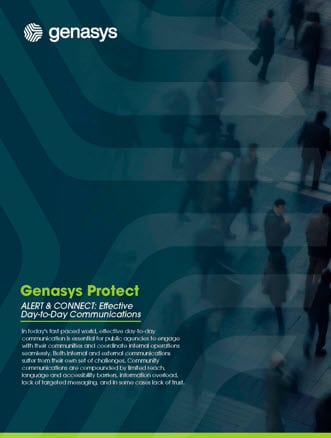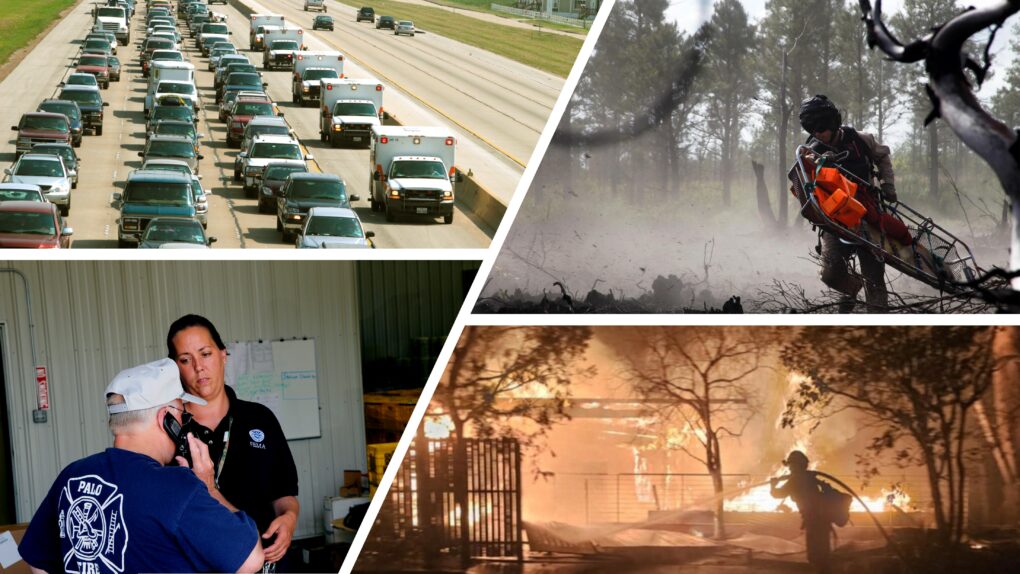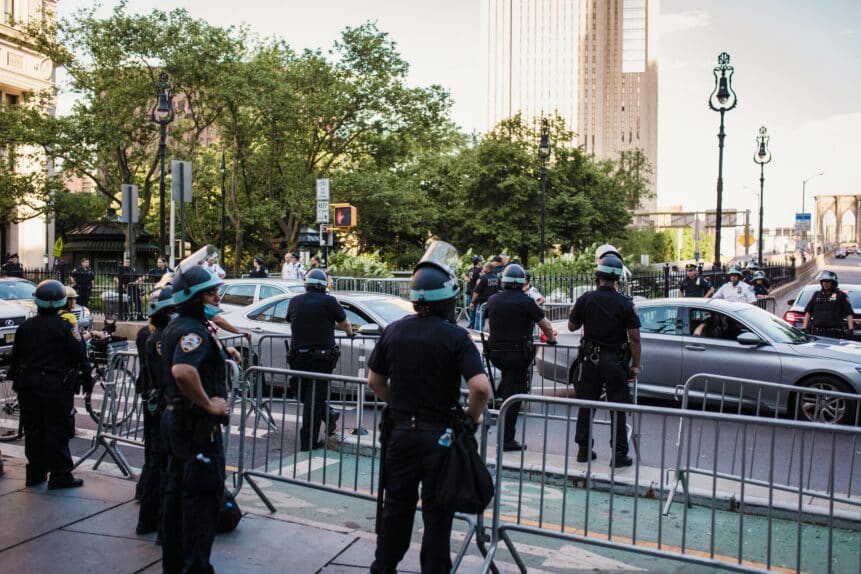By Liz Simpson, Regional Sales Manager, Northeast U.S.
Rapidly spreading wildfires, or “fast fires,” are often fueled by strong winds and typically occur in grasslands during the fall and winter when vegetation is particularly dry. These winds can transport embers far beyond the main fire, sparking new blazes, while also intensifying the flames before emergency responders can react.
Wildfires are evolving faster than ever before, transforming from manageable events into catastrophic disasters within hours and impacting areas, like the Northeast U.S., which have never been impacted before.
These fast fires leave minimal time for evacuation planning or emergency response, endangering lives and communities at unprecedented rates. Understanding the factors behind these rapid blazes is essential to improving wildfire management, evacuation planning, and public safety.
Understanding the Parameters of Fast Fires
Most important—fast fires are defined by their speed, not size.
Unlike traditional wildfires, these events ignite, spread, and devastate with extraordinary velocity. Key factors contributing to their rapid spread include high winds, dry vegetation, and urban proximity. The recent rise in global temperatures and extended drought conditions have exacerbated these factors, making fast fires more frequent and much more dangerous.
Fast fires pose unique challenges to first responders. The accelerated pace limits the window for evacuation management and firefighting, often forcing responders to focus solely on protecting lives rather than containing the blaze.
Recent Fast Fires
The devastating impact of fast fires is evident in several recent incidents:
- Franklin Fire, Malibu, CA, December 2024: A fast-moving blaze fanned by Santa Ana winds consumed over 4,000 acres and forced the evacuation of 20,000 residents. While improved evacuation planning minimized casualties, the speed of the fire underlined ongoing challenges in wildfire management.
- Lahaina, HI, August 2023: Winds of up to 80 mph turned a small brush fire into an inferno, razing entire neighborhoods and 2,200 structures within hours. Over 100 lives were lost, highlighting the necessity for enhanced evacuation planning.
- Marshall Fire, Boulder, CO, December 2022: This fire consumed over 6,000 acres and destroyed 1,000 structures in less than a day. Residents had mere minutes to flee, illustrating the critical role of emergency response in fast fires.
- Camp Fire, Paradise, CA, November 2018: Known as the deadliest wildfire in California’s history, this fire claimed 85 lives and obliterated the town of Paradise and surrounding communities in just a few hours displacing over 50,000 people. Evacuation management and communications were a key contributor to the high fatality rate.
Speed as the Defining Factor in Wildfires, Not Size
Historically, wildfire severity has been measured by acreage burned. However, fast fires demonstrate that speed, not size, is the more critical metric. Fires that spread rapidly within densely populated areas cause far greater harm than slower-moving fires, regardless of their final footprint.
According to Jennifer Balch, Ph.D., Director of the Environmental Data Science Innovation & Inclusion Lab at the University of Colorado Boulder, “We’ve been focused on the wrong metric – It’s speed that really matters.” Speed has increased by 250% across the west and 400% faster in California over the past decade.
First responders and public safety officials must shift their focus from containment to immediate evacuation planning during fast fires. This approach saves lives, even when property loss is inevitable.
Focusing on the Right Metric
Traditional wildfire metrics fail to account for the human cost of fast fires. Measuring success by acreage burned ignores the urgency and complexity of urban wildfires, where lives and infrastructure are at immediate risk. Emergency response efforts must prioritize minimizing casualties and ensuring swift evacuations over reducing the fire’s size.
Advanced tools like zone-based response planning using predictive modeling and real-time weather data can help redefine success metrics. These technologies enable better resource allocation and evacuation planning, ensuring faster and more effective responses to fast fires.
Hardening Homes Can Save Lives
Home hardening is a proactive measure to mitigate the impact of fast fires. Grants and expert help are available in many states and state-sponsored universities. In fact, today building hardened homes is the same cost as building a conventional home.
Strategies include:
- Using fire-resistant building materials such as Class A roofing.
- Clearing vegetation within a 100-foot radius of structures.
- Sealing gaps to prevent ember intrusion.
- Keeping roofs and gutters free from debris.
Communities adopting these measures see significantly reduced property damage during wildfires. Hardening homes not only protects individual residences but also supports broader wildfire management efforts especially for those living in grassland areas or heavily wooded areas.
Preparing Communities
Community preparedness is a cornerstone of effective wildfire management. Public safety campaigns should educate residents on community-based evacuation management tools or apps, evacuation planning, creating go-bags, and understanding fire alerts. Neighborhood-level coordination, such as shared evacuation routes and communication networks, ensures faster, more organized responses.
Engaging local leaders and first responders in drills and simulations builds trust and readiness. Prepared communities act as force multipliers during fast fires, amplifying the impact of emergency response efforts.
Zone-Based Evacuation
Zone-based evacuation strategies save lives during fast fires. With Genasys EVAC, areas are divided into pre-determined zones where officials can direct warnings, relay shelter and traffic information, and stagger evacuations to avoid congestion and panic. This approach ensures smoother traffic flow and faster relocation, particularly in urban areas.
Final Thoughts
Speed is the defining factor in fast fires, necessitating a paradigm shift in wildfire management. By focusing on metrics like evacuation speed and community preparedness, rather than acreage burned, we can better protect lives and infrastructure. Hardening homes, educating communities, and adopting zone-based evacuation strategies are critical steps in this effort. As wildfires continue to evolve, so must our strategies to mitigate their impact, ensuring a safer future for all.
Contact Genasys to learn more about our advanced evacuation and communications tools.



